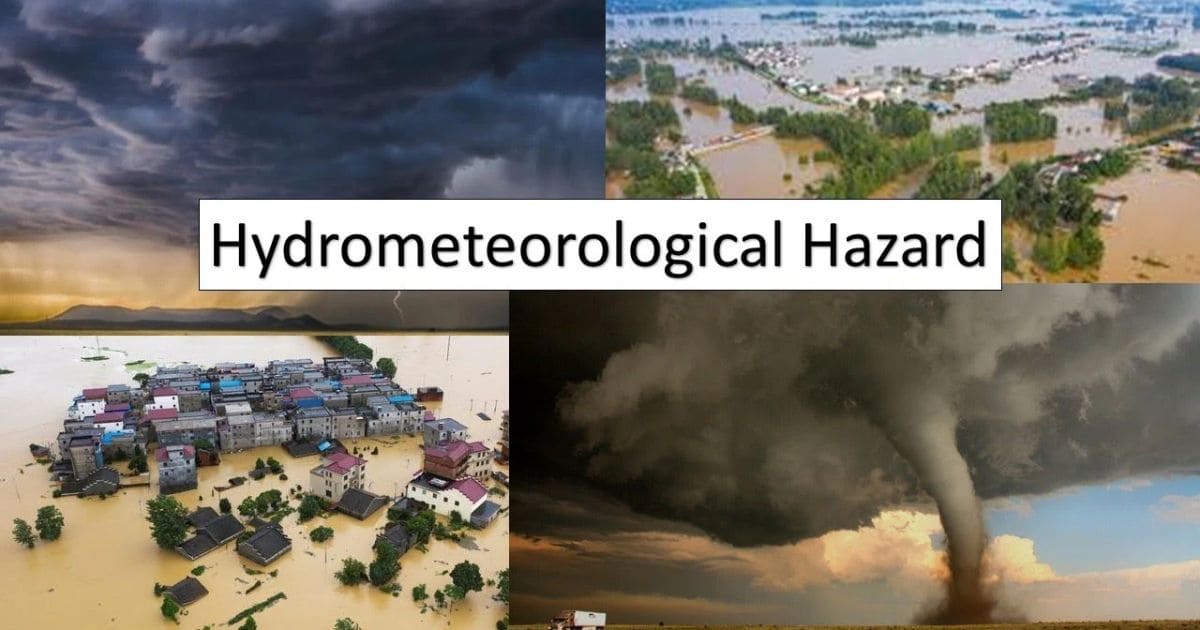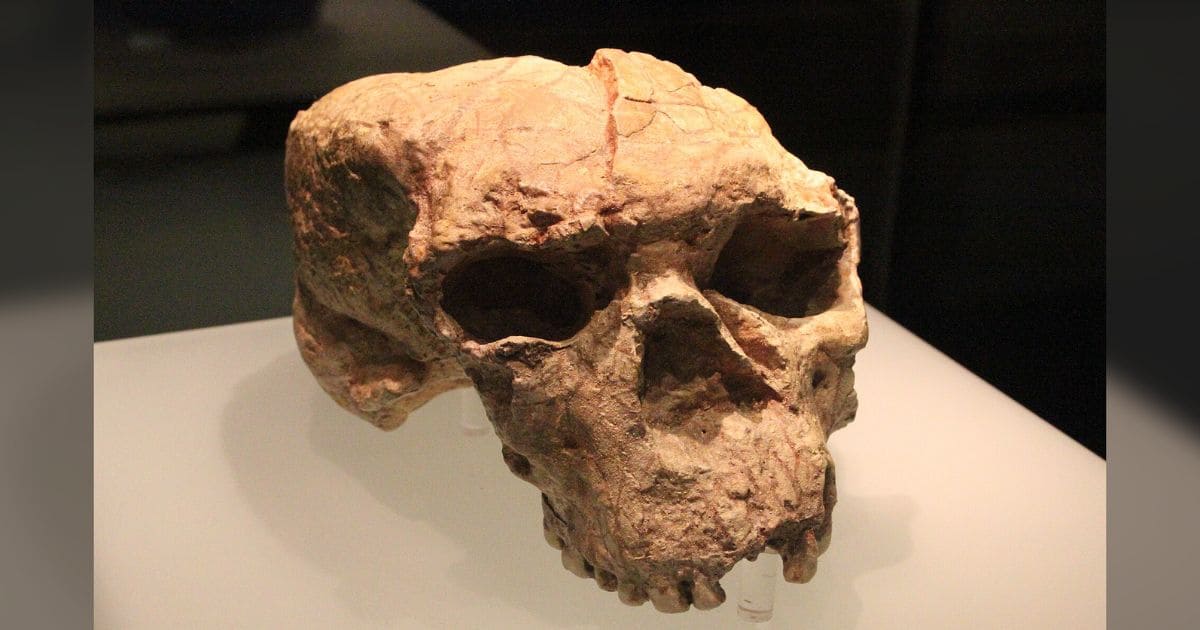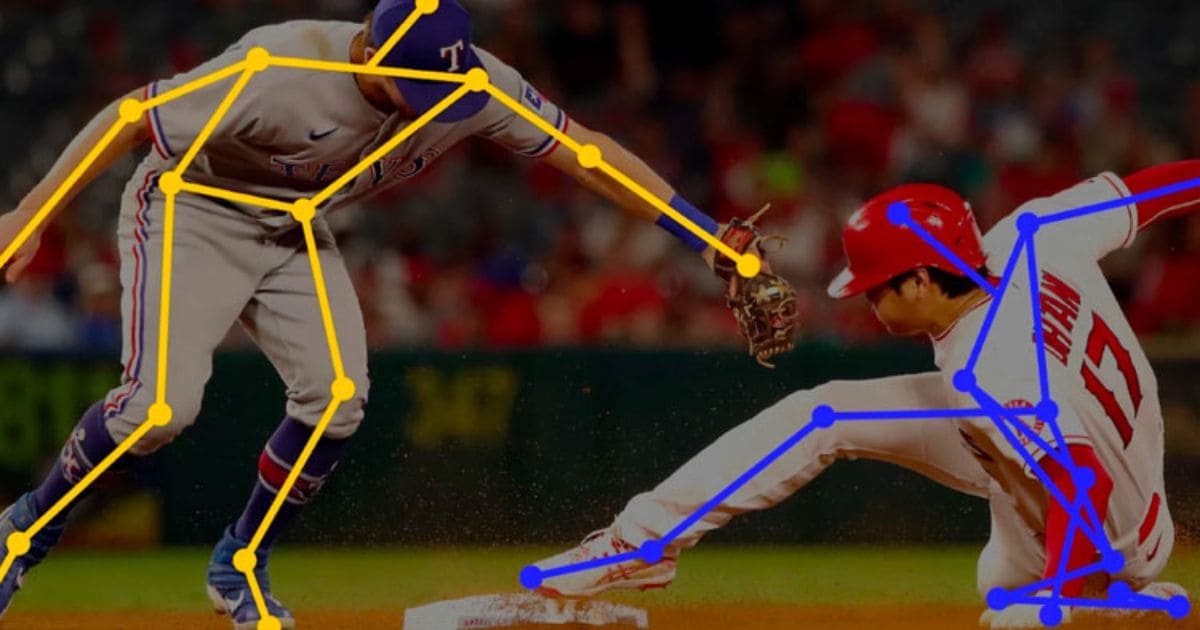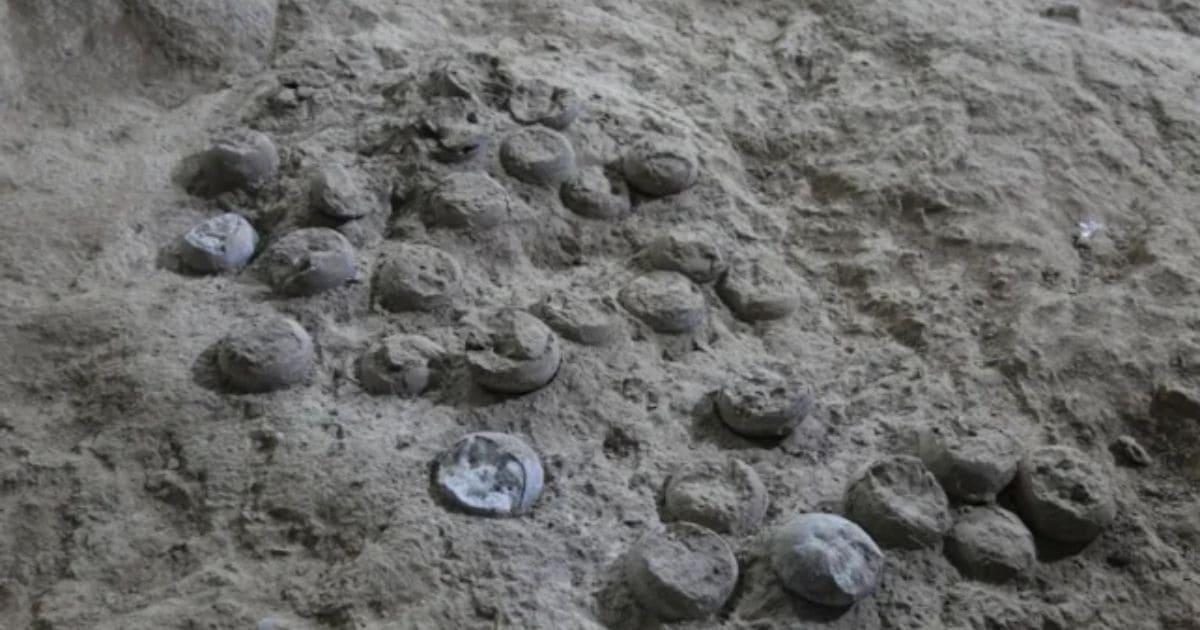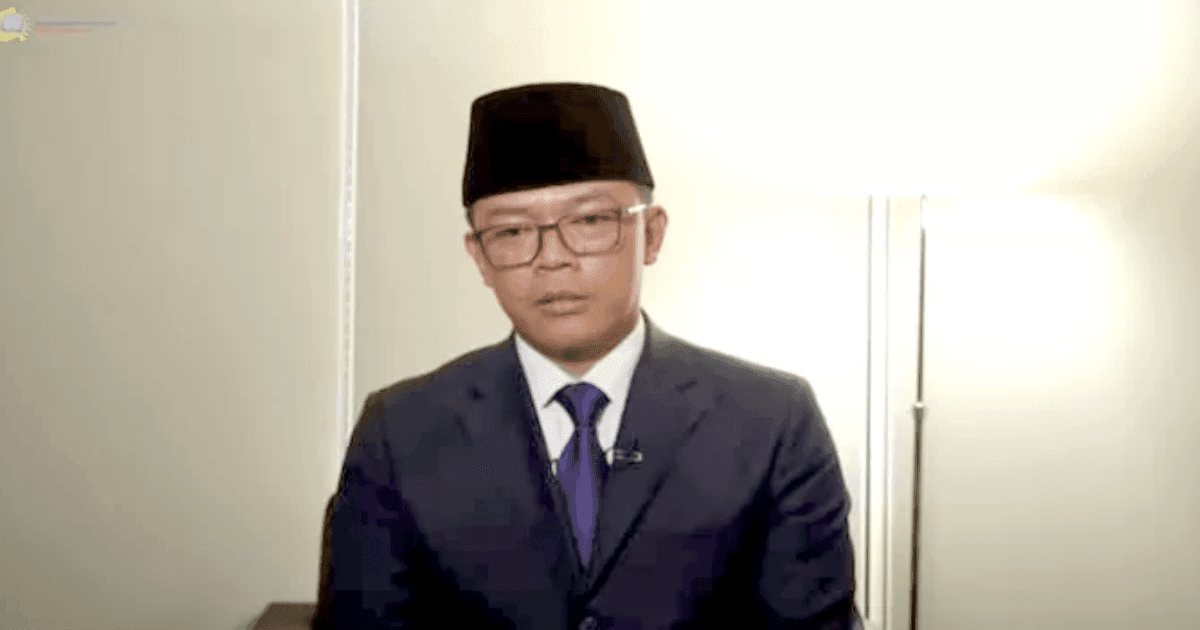World

What is a Geo-Hydrometeorological Disaster? Read the BMKG’s Explanation
Geo-hydrometeorological disasters combine geological and hydrometeorological factors, arising from the interaction between earth conditions and extreme weather or water phenomena. According to BMKG, these include floods, landslides, droughts, tidal floods, and strong winds. Understanding their characteristics is vital to strengthen disaster mitigation and reduce risks of casualties and losses.

A 1-Million-Year-Old Skull Reveals the Origins of Modern Human Ancestors
Researchers reconstructed the 1-million-year-old Yunxian 2 skull from China, revealing ties to Denisovans and the extinct “Dragon Man” species. Published in Science, the study suggests the Homo longi clade diverged about 1.2 million years ago, offering fresh insight into rapid human evolution and the origins of modern ancestors in Asia.

From VAR to Robot Umpires, Here’s How Technology Is Changing the Face of Sports
Technology is transforming sports with robot umpires in MLB, semi-automated offsides in the Premier League, and optical tracking in the WNBA. While these tools enhance accuracy and fan experience, they also raise concerns over player stress, loss of spontaneity, infrastructure readiness, and the balance between human judgment and automated decisions.

Chinese Scientists Use Lasers to Date Dinosaur Eggs
Chinese scientists have directly dated dinosaur eggs for the first time using laser-based uranium-lead analysis, fixing their age at 85 million years. Unearthed in Qinglongshan, the eggs provide crucial insights into the Late Cretaceous era’s climate shifts, dinosaur reproduction, and extinction, marking a breakthrough in paleontological dating methods.

Meet the 3 2026 World Cup Mascots Officially Unveiled by FIFA. Who Are They?
FIFA has officially revealed the three mascots for the 2026 World Cup: Maple the Moose (Canada), Zayu the Jaguar (Mexico), and Clutch the Bald Eagle (USA). These mascots reflect each host country’s culture, while promoting unity, diversity, and the passion of football’s biggest stage.

Indonesia Affirms Financial Commitment to Palestine Amid UNRWA Funding Crisis
Indonesia pledges ongoing financial support to UNRWA, despite funding shortfalls, reaffirming its commitment to humanitarian solidarity with Palestine.

